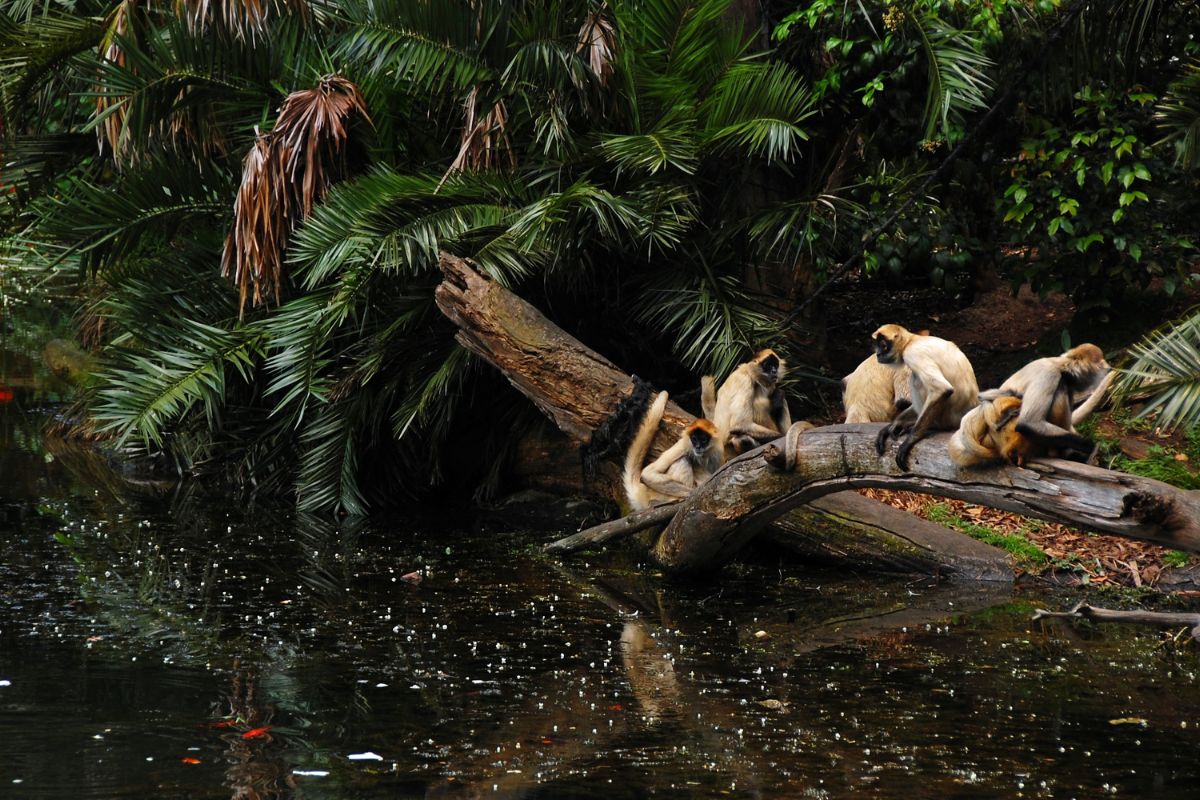Armageddon Foretold
The most Government spokesmen will concede is that we may experience climate change by the end of the twentyfirst century, to counter which, they have laid down elaborate goals for 2050 or 2070.
These commitments are underpinned by national regulations to ensure assessment of impacts on the environment and people’s livelihoods.

image source (iStock)
The Royal Government of Cambodia (RGC) is to be congratulated on its recent stance to better protect and conserve natural resources in infrastructure projects while addressing the complex challenges of climate change and the development needs of a youthful and aspirational Cambodian population. A recent example is Prime Minister Hun Sen’s call to ASEAN member states to support an ASEAN “Green Deal” to gradually transition to competitive economies that are sustainable, resilient and resource efficient. Equally significant commitments are those made in 2020 for a 10-year moratorium on the development of mainstream hydropower on the Mekong made by the RGC and reinforced by the Ministry of Environment (MoE) during the COP26. Concurrently, Cambodia maintains partnership in the 1995 Mekong Agreement ensuring responsible and accountable shared water management between the four countries (Cambodia, Thailand, Laos and Vietnam); and its commitment to the Convention on Wetlands (Ramsar) signed in 1999.
These commitments are underpinned by national regulations to ensure assessment of impacts on the environment and people’s livelihoods. Considering these commitments and the Cambodia Power Development Plan makes no reference to a proposed Stung Treng dam, it is puzzling to discover that a social and environmental impact assessment (SEIA) has been undertaken between January -June 2022 that is assumed to be part of the feasibility stage formally announced by the Ministry of Mines and Energy (MME) – No 1750, dated June 17, 2022. Oxfam conducted a community case study to talk with concerned stakeholders to establish how due process and commitments were being followed in Stung Treng. Oxfam interviewed 24 key informants (14 female) from Kham Phann, Koah Khan Din, Koah Snaeng and Themey village (upstream and downstream respectively to the preferred location).
Six representatives from conservation and livelihood support organisations in the area were interviewed. The proposed Stung Treng dam is one of 11 mainstream dams planned in the Lower Mekong and the first for Cambodia, with a proposed installed capacity of 1,400 megawatts, the site lies in the middle stretch of the Mekong in Ramsar site 999. As a mainstream dam, the RGC is required to notify the Mekong River Commission (MRC) to trigger the Procedures for Notification, Prior Consultation and Agreement (PNCPA) that invites member countries to appraise the proposed project including the Environmental Impact Assessment. Also, as a designated Ramsar site, Cambodia is required to notify and consult with the Convention secretariat to ensure wetlands protection and conservation.
Advertisement
Advertisement